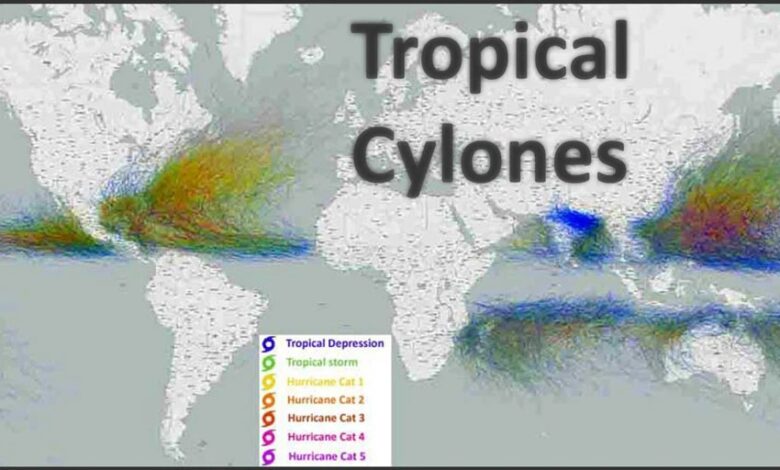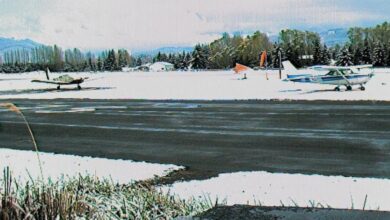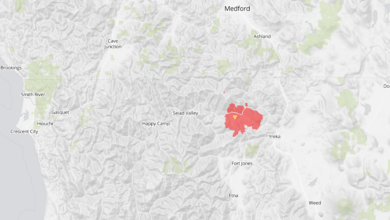Hurricane Season on the US Atlantic Coast – Watts Up With That?

Kip Hansen’s Brief Note — August 21, 2024
It’s hurricane season in the northern hemisphere. In the United States, it’s a concern almost exclusively on the Atlantic and Gulf Coasts of the United States. There have been hurricanes hitting the Pacific Coast – but very rarely.
Every news outlet has been telling us over and over again that NOAA’s National Hurricane Center has predicted “an extremely active hurricane season” for the Atlantic basin.
For more than a decade, my wife and I have weathered hurricane seasons on our catamaran in the Northern Caribbean, when we felt confident, or on the Southern Atlantic Coast of the United States, when we felt less confident. We have only been hit once in 12 years, and that was, as you might guess, not in the Caribbean but up north in Beaufort, North Carolina. Hurricane Florence.
Tropical storms and hurricanes that roll in and out of the Atlantic, without making landfall, are of no concern except for shipping. Like many things, the real trouble occurs at the interface of different dynamic systems, such as where land meets sea.
Those of you who sail will know that sailboats cannot outrun a storm. Even with an engine, sailboats are often limited in their speed. So during hurricane season, we plan ahead so we can get to a safe place with ease. storm hole.
The big question for sailors and mariners is “Where will we be safe if a big storm hits?”
Here’s one way to look at that question: from NOAA “Hurricanes hitting the continental United States 1950-2023“

[ Click to view larger image in a new tab/window ]
This NOAA-produced map shows all the landfall points of all hurricanes on the East Coast and Gulf Coast of the United States since 1950. Each of the five categories is shown with a different colored dot. Note that I changed the color of Cat 2 to pink, making it easier to distinguish from Cat 5 – both were originally red, and I added a thick dark red line along the coast where the storms occurred. not yet rated in 74 years since 1950.
In the image above, there are a few odd, possibly ‘lucky’ stretches, on the Gulf Coast heading south and the west coast of Florida.
Then there’s the East Coast of Florida and Georgia:

The “unaffected area” in the middle includes Cape Canaveral with the Kennedy Space Center. The northern part is most of the coast of the state of Georgia.
And then up the coast to Delmarva Peninsula all the way to Maine.

Looking closely, you can see I missed a bit of the “untouched coast” on the southern coast of Massachusetts—only Hurricane Edna, a Category 2, made landfall on the southern coast of Cape Cod in 1954.
Some of this is due to geophysical factors of geology (the shape of the coast itself) and prevailing wind/weather/ocean current patterns. Some of it is just “untouched.” Not yet“ .
Note that the Jersey Shore, a long strip of barrier islands from Sandy Hook, NJ south through Atlantic City, a nearly continuous barrier/sand island almost entirely covered with homes and businesses, including Atlantic City, which was most recently directly impacted by a Hurricane of 1903“the first and only known North Atlantic hurricane to make landfall in the state of New Jersey since records began in 1851.” Note that Hurricane Sandy previously struck the Jersey shore in 2012 as a tropical storm – or “Superstorm Sandy.”
Does any of this history mean that “never-hit” areas will be safe from hurricanes later this year? Or next year? Or decades from now? No, I don’t think so, but I’m willing to listen to people who have more insight into what drives hurricanes.
Geography seems to protect the eastern coasts of Massachusetts and Maine – however, they bear the brunt of the impact of Nor’Eastersoccurs in the opposite season (September to April) to typhoons.
One last thing: Tracks of all known tropical storms and hurricanes:

[ Click for larger image in new tab/window ]
Now isn’t that an interesting picture? Where tropical storms originate and where they go – and where they don’t go.
# # # # #
Author’s comments:
I don’t offer any speculation, theories, hypotheses, or even opinions. Only when I’m the captain do I care about the path of a hurricane – which means I only look out about five days, which is the limit of predicting a hurricane’s path with any accuracy – and even then, their average prediction of landfall is only accurate about +/- 150 miles. Anything further is futile.
Edward Lorenz And Dave FultzThe ‘dishwasher pan’ experiments show quite clearly that these cyclones are chaotic in origin and nature.
Thanks for reading.
# # # # #
Related




